“The heat accumulating in the Earth because of human emissions is roughly equal to the heat that would be released by 400,000 Hiroshima atomic bombs exploding across the planet every day.” 5
Sit with that for a moment. 400,000 Hiroshima atomic bombs exploding across the planet every day.
As part of the United Nations Conference on Climate Change coverage, the New York Times dug into the very complex conversation with a simple Q+A to frame and explain what we’re really dealing with – and ultimately – what we’re up against.
“Scientists fear climate effects so severe that they might destabilize governments, produce waves of refugees, precipitate the sixth mass extinction of plants and animals in Earth’s history, and melt the polar ice caps, causing the seas to rise high enough to flood most of the world’s coastal cities.”
This is real and it’s happening…now. It’s easy to feel overwhelmed and powerless when you consider you’re but one member of an enormous global population. At SunCommon, we understand it’s daunting to imagine how your contribution can affect real change, so we’ve made this our mission to create solar programs accessible to all Vermonters. We believe in tearing down the barriers to renewable energy by making it easy and affordable. We’ll never succeed at reducing our dependency on dirty, planet-disrupting fossil fuels if renewable energy is out of reach. So, let’s break this information down on the local level.

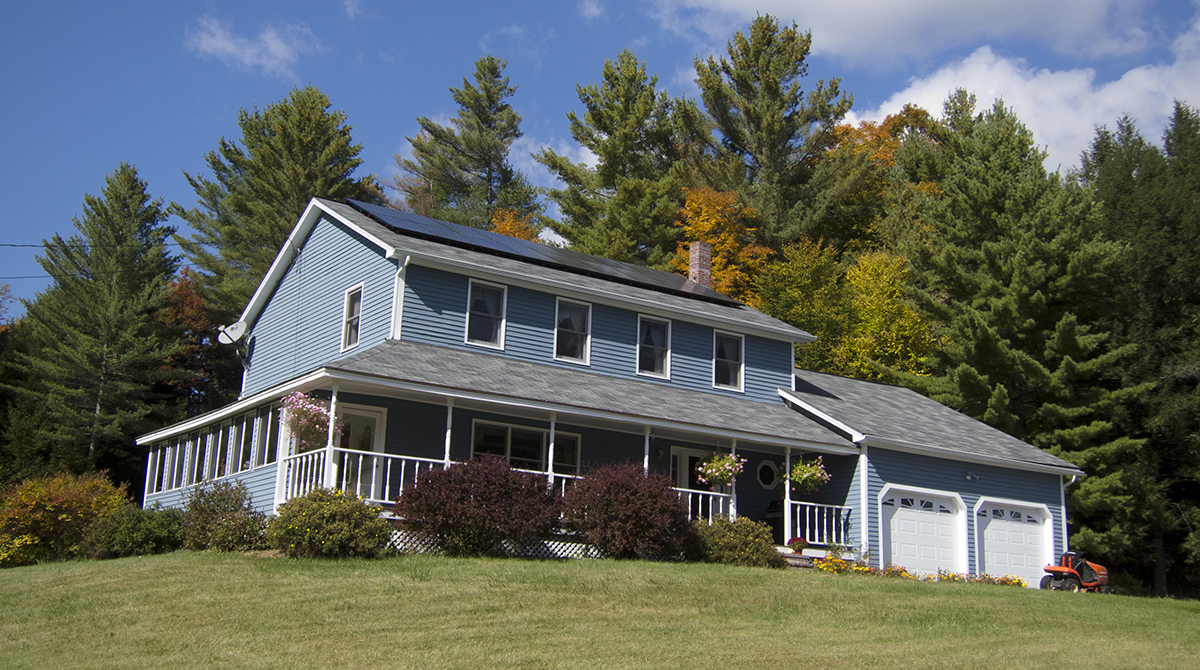
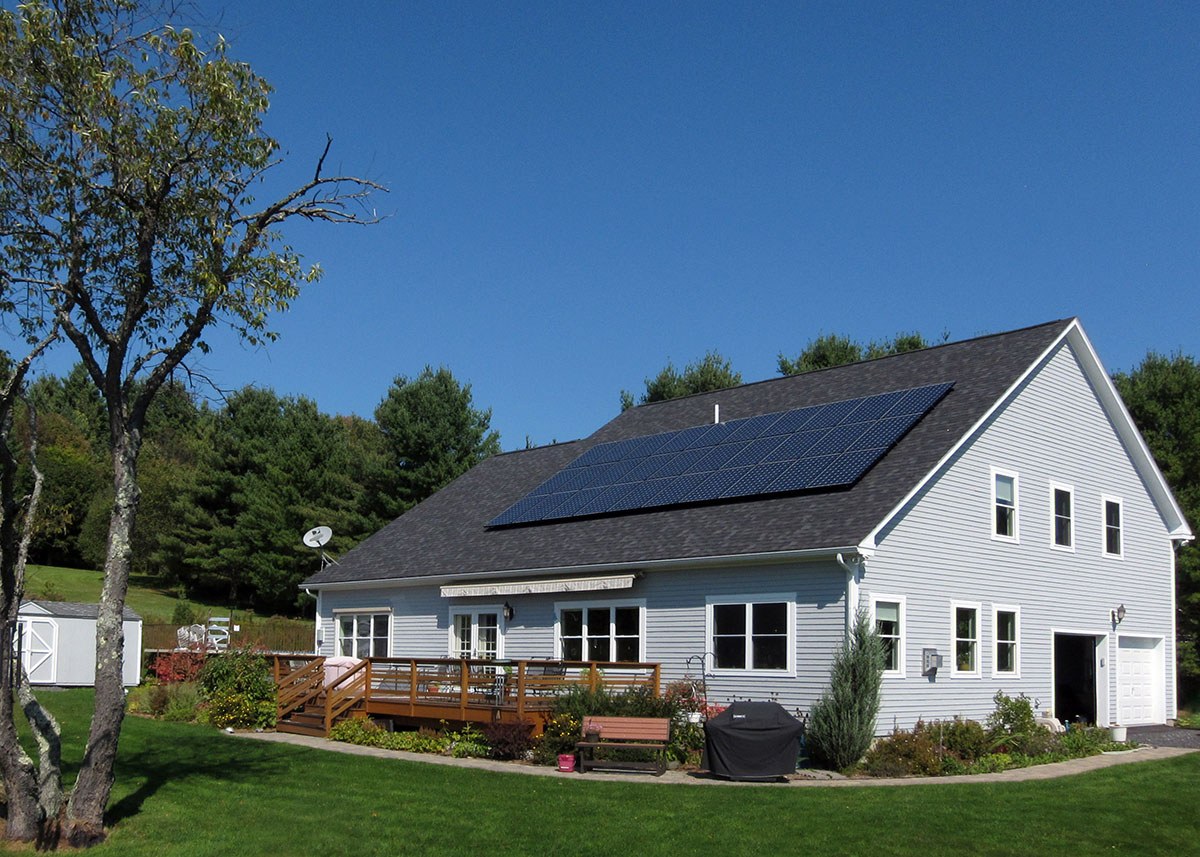
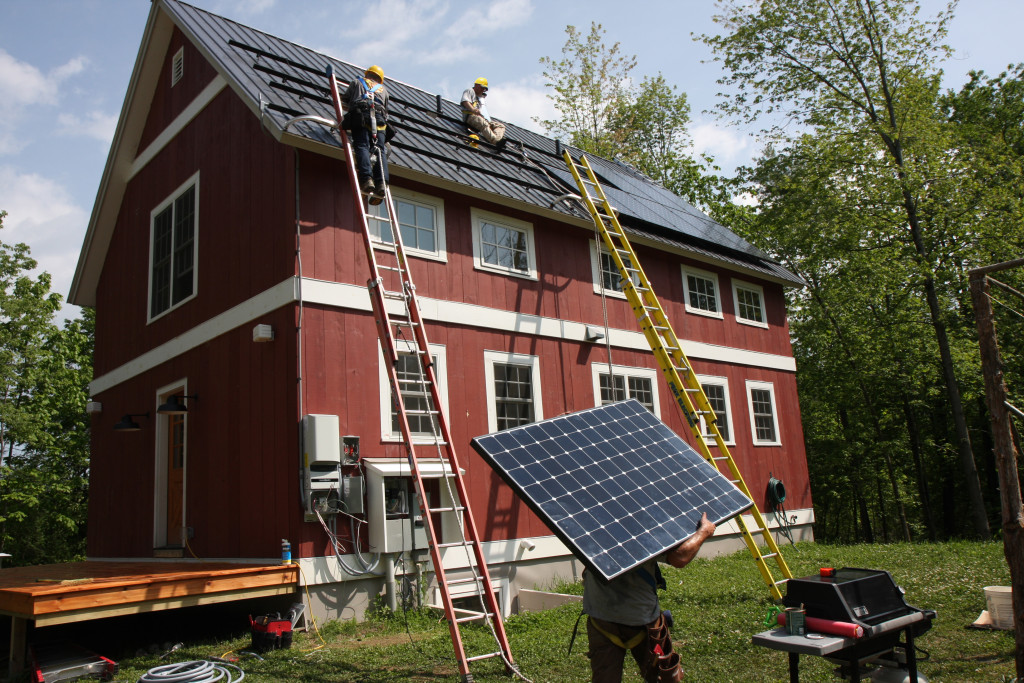
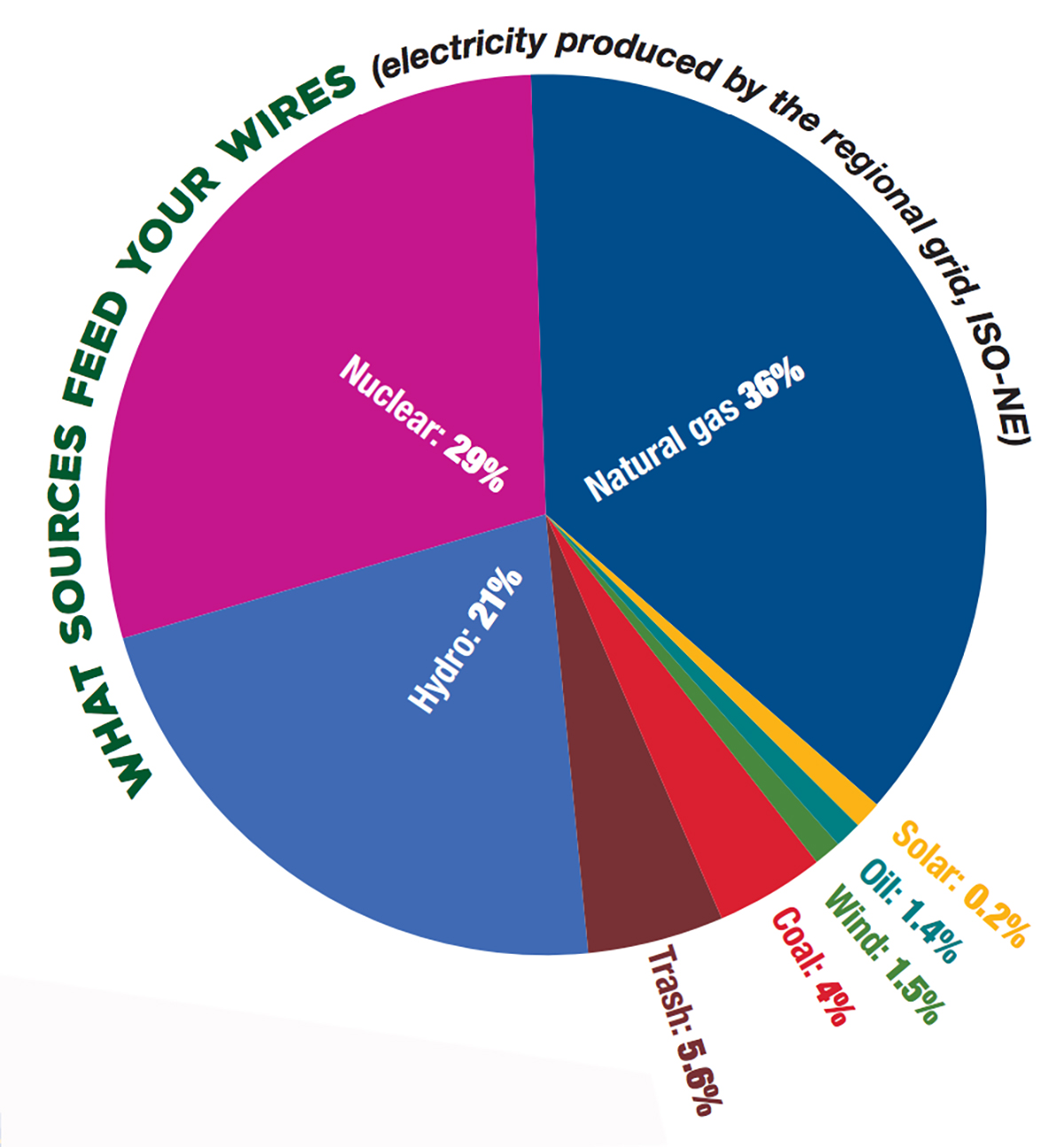
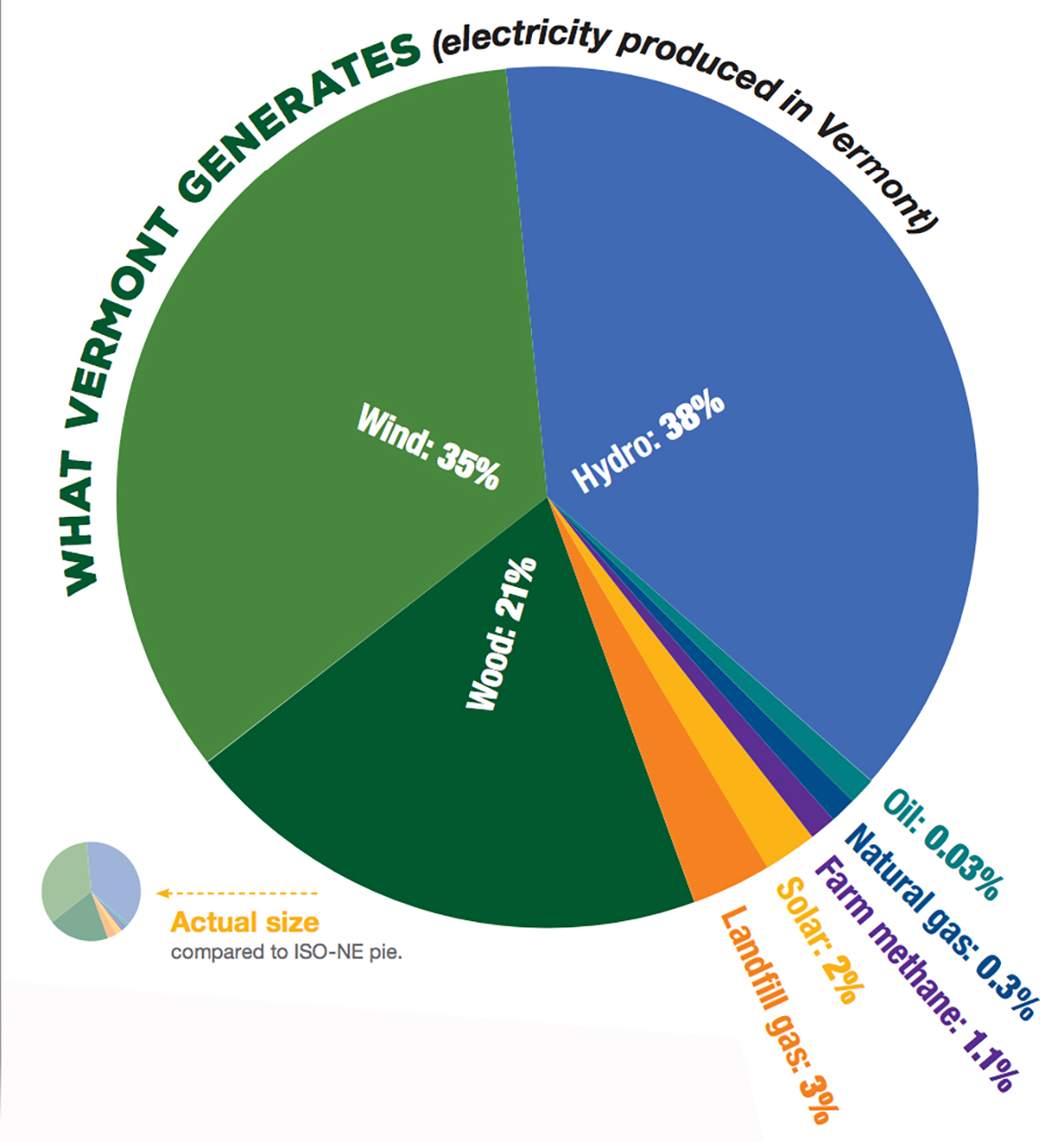




Trackbacks for this post